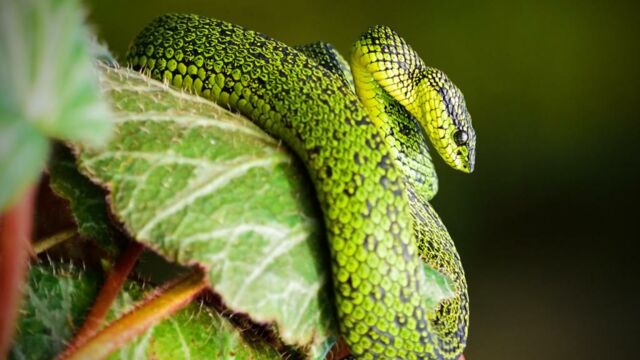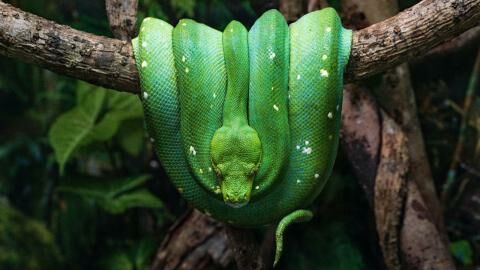The State of Alabama welcomes the discovery of a snake specimen from a species that had completely disappeared from the region. For Alabama, this is proof of the effectiveness of the reintegration program that the government has been running for several years.
Discover our latest podcast
A wild indigo snake
The reptile spotted by the Alabama Wildlife and Freshwater Fisheries Division is an indigo snake, or Drymarchon couperi, as it is scientifically named. This particular reptile has black scales, with a hint of blue in it.
It is the largest snake native to the United States—adults can measure up to 2.3 meters. We reassure you, anyway, they are not poisonous and do not (generally) attack humans. Unfortunately, the destruction of their natural habitat led to their disappearance from Alabama in the 1950s. A loss with serious consequences for the local flora and fauna.
According to Jim Godwin from the Auburn University Museum of Natural History:
A decline in this snake population has a 'domino effect' on other species in the ecosystem.
Species reintegration program
In 2006, associations launched an indigo snake rehabilitation program in the state of Alabama.
The Alabama Wildlife and Freshwater Fisheries Division says:
The snake that was found yesterday proves to us that the project is giving birth to thriving and reproducing indigos, exactly what we wanted!
This is the second time in 60 years that a representative of this species has been discovered, according to CNN.
Jim Godwin adds:
This indicates that the snakes we released, which were born in captivity, were able to adapt to the wild, live like wild snakes and reproduce.
This article has been translated from Gentside FR.















